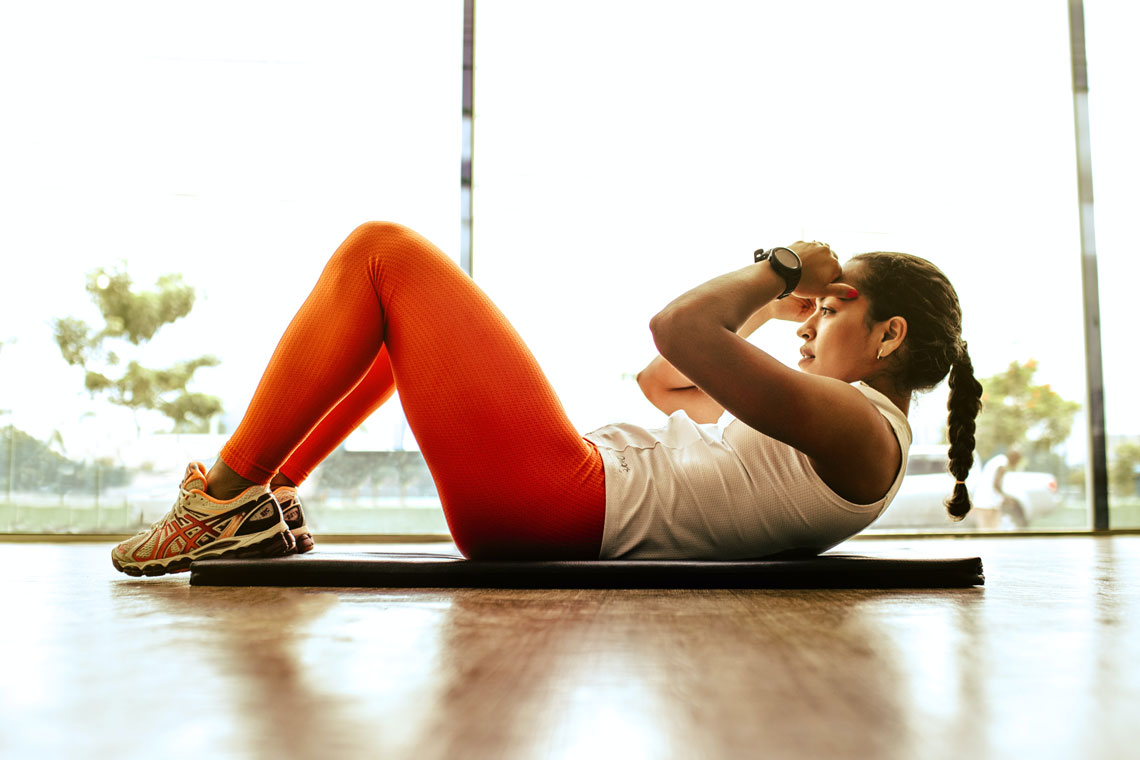
If you have not exercised for some time, you should start slowly. Increase the length and pace of your walk gradually. Here are some tips on how to get started and how to prepare for exercise.
Once your doctor gives you the go-ahead to exercise, the tips below can help you avoid injuries:
Always warm up.
Warming up is key to help reduce the risk of injury. You should warm up with 5–10 minutes of easy walking before breaking into a faster stride. After warming up, you should do a few stretching exercises.(Loosen your calves by standing with the ball of your left foot on a curb or step and your right foot flat on the ground. Lean but don’t bounce until you feel a stretch in your left calf, and hold for 30 to 60 seconds before repeating on the opposite side.
For your hamstrings, step your left foot forward, straighten your left knee, bend the right slightly, then hinge forward at your hips with your back flat. Stretch your arms overhead, reach forward, then slowly stand back up. Repeat five times on each side.
Build up slowly
Be aware that training too hard or too often can cause overuse injuries, take it slowly and listen to your body. Hold off on exercise when you're sick or feeling very fatigued. Cut back if you cannot finish an exercise session, feel faint after exercise or fatigued during the day, or suffer persistent aches and pains in joints after exercising. If you are ever concerned see a medical professional.
Dress appropriately
Choose clothes and shoes designed for your type of exercise. Replace shoes every six months as cushioning wears out.
Stay hydrated
Make sure you stay hydrated and drink enough water.
Stay consistent.
This challenge is designed to learn what type or style of fitness may work for you. Try to give everything a go to best determine what you enjoy and are likely to continue and utlise in your fitness routine.
Listen to the experts
Our expert trainers know their stuff so when they give you tips, use them! For strength training, good form is essential. Initially use no weight, or very light weights, when learning the exercises. Never sacrifice good form by hurrying to finish reps or sets, or struggling to lift heavier weights.
Cool Down
Also take the time to cool down, after a long walk. Stretching after your workout is important. Repeat your warm up stretches.
That small act of self-care can go a long way in cementing your walk as an important accomplishment.)
Ultimately you need to listen to your body. If you experience pain, shortness of breath, dizziness, a cold sweat, or sudden changes in heart rate, do not push through. Stop and contact a healthcare professional.